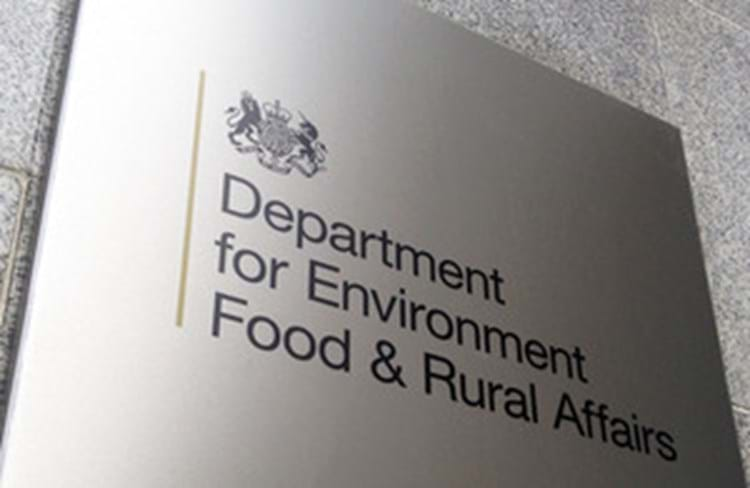
The species being considered include hippos, narwhals, walruses, killer whales and sperm whales.
The market for scrimshaw works of art in particular will be impacted.
The consultation is open until September 11 and can be found on Defra’s website and via this shortened link https://atg.news/Ivorybanextension.
The plan to extend the proposed antique ivory ban to include other items was first raised during the debate of the ivory bill in 2018, amid concerns the ban on one form of ivory could increase pressure on another.
Lord Goldsmith, international environment minister, said: “The Ivory Act is one of the toughest bans of its kind in the world and sends a clear message that we are doing all that we can to save elephants from the threat of extinction. However, the ivory trade is a conservation threat for other species such as the hippo, narwhal and walrus that are at threat.”
The government gathered evidence from a 2019 consultation and said that on the basis of evidence from that, the new consultation asks for responses on allowing the ban to be extended to other, non-elephant ivory-bearing species and proposes three options:
- Retain the current ban on elephant ivory only
- Extend the Ivory Act to five CITES-listed species: hippo, narwhal, killer whale, sperm whale and walrus
- Extend the Ivory Act to hippo ivory only
The government said that any changes to restrictions on the trade in non-elephant ivory will be made following extensive consideration of the evidence and discussion with industry experts and stakeholders.
Mark Dodgson, secretary general at The British Antique Dealers’ Association (BADA), said: “My initial view is that the historical circumstances relating to non-elephant ivory are very different to those for elephant ivory. The Ivory Act attempted – albeit in our view mistakenly – to address the trade in elephant ivory in the UK and is not suited as a body of restrictions to the control of other ivory materials, which have nothing in common with elephant ivory.
“For example, unlike elephant ivory, most marine ivory was a by-product of the hunting of marine species for food or oil, not the prime reason for their being hunted. Scrimshaw is not sought by Far Eastern buyers.
“The government already has in its armoury a host of carefully-developed measures, allowing it to both monitor and restrict trade in species that have been recognised as under threat. These measures have been tried and tested across countless other species of flora and fauna, and include the use of Article 10 certificates.”
The update follows a consultation launched in March 2021 on the registration and certification process and fees under the Ivory Act for the selling of such items that meet one of the limited exemptions.
The Ivory Act 2018 exemptions to the ban in trading antique ivory are:
- Items with only a small amount of ivory. Such items must comprise less than 10% ivory by volume and have been made prior to 1947.
- Musical instruments. These must have an ivory content of less than 20% by volume and have been made prior to 1975.
- Portrait miniatures. A specific exemption for portrait miniatures – which were often painted on thin slivers of ivory – made before 1918 and with a surface area of no more than 320cm2.
- Sales to and hire agreements with qualifying museums.
- The rarest and most important items of their type. These must be items of outstanding artistic, cultural or historic value, and made prior to 1918. Decisions on applications for such items will be based on expert advice from a selection of institutions deemed to have the necessary knowledge and expertise.
The Ivory Act is expected to become enforced in law once the government has in place a system to deal with the applications for these exemptions.
Defra said it is working towards implementing the act by the end of this year and the consultation will not further delay the implementation.





